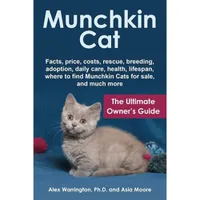Munchkin cats, with legs much shorter than average, are surrounded with controversy
To find out more about munchkins and the ethics surrounding their breeding, we asked a vet for her opinion
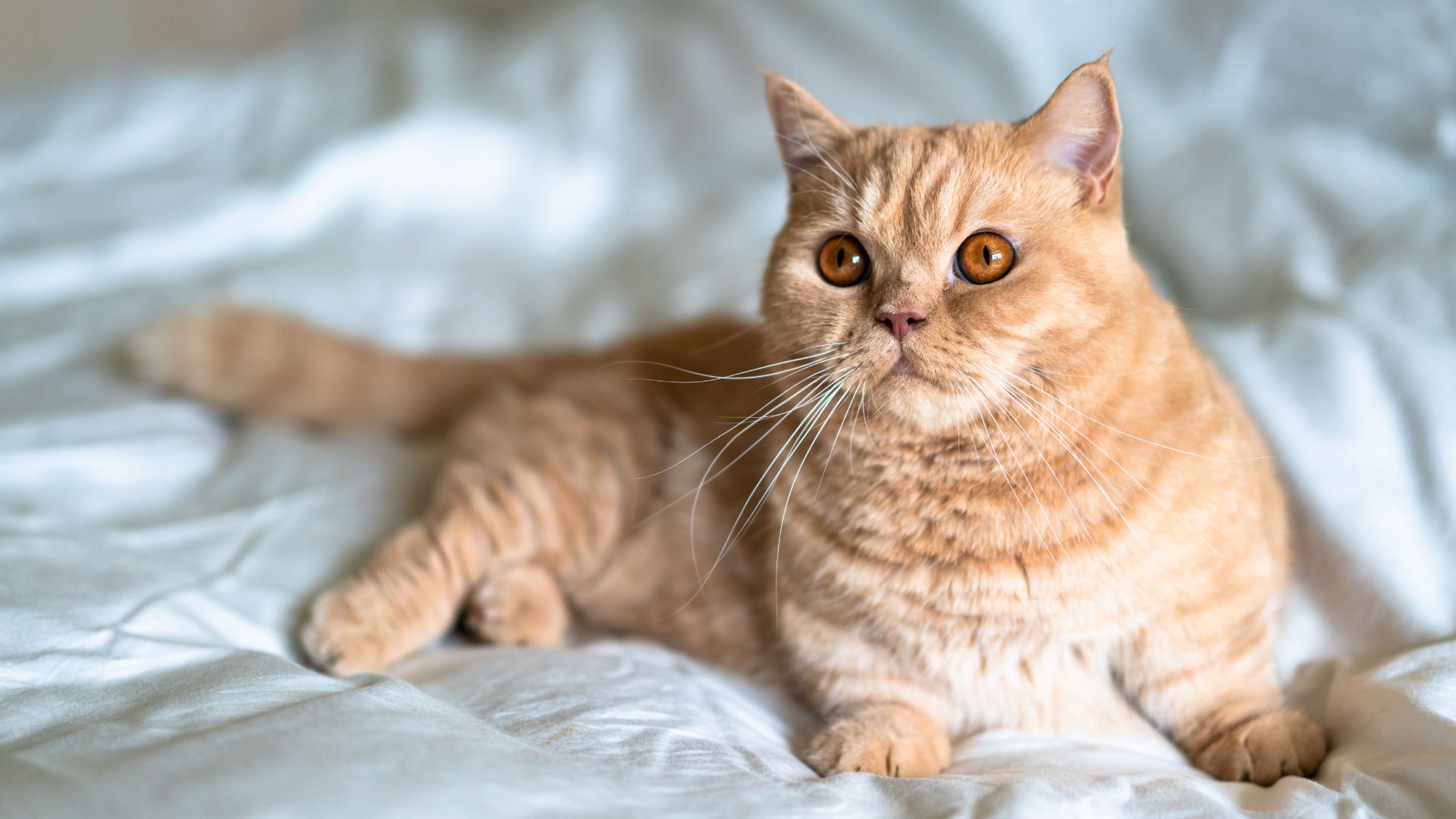
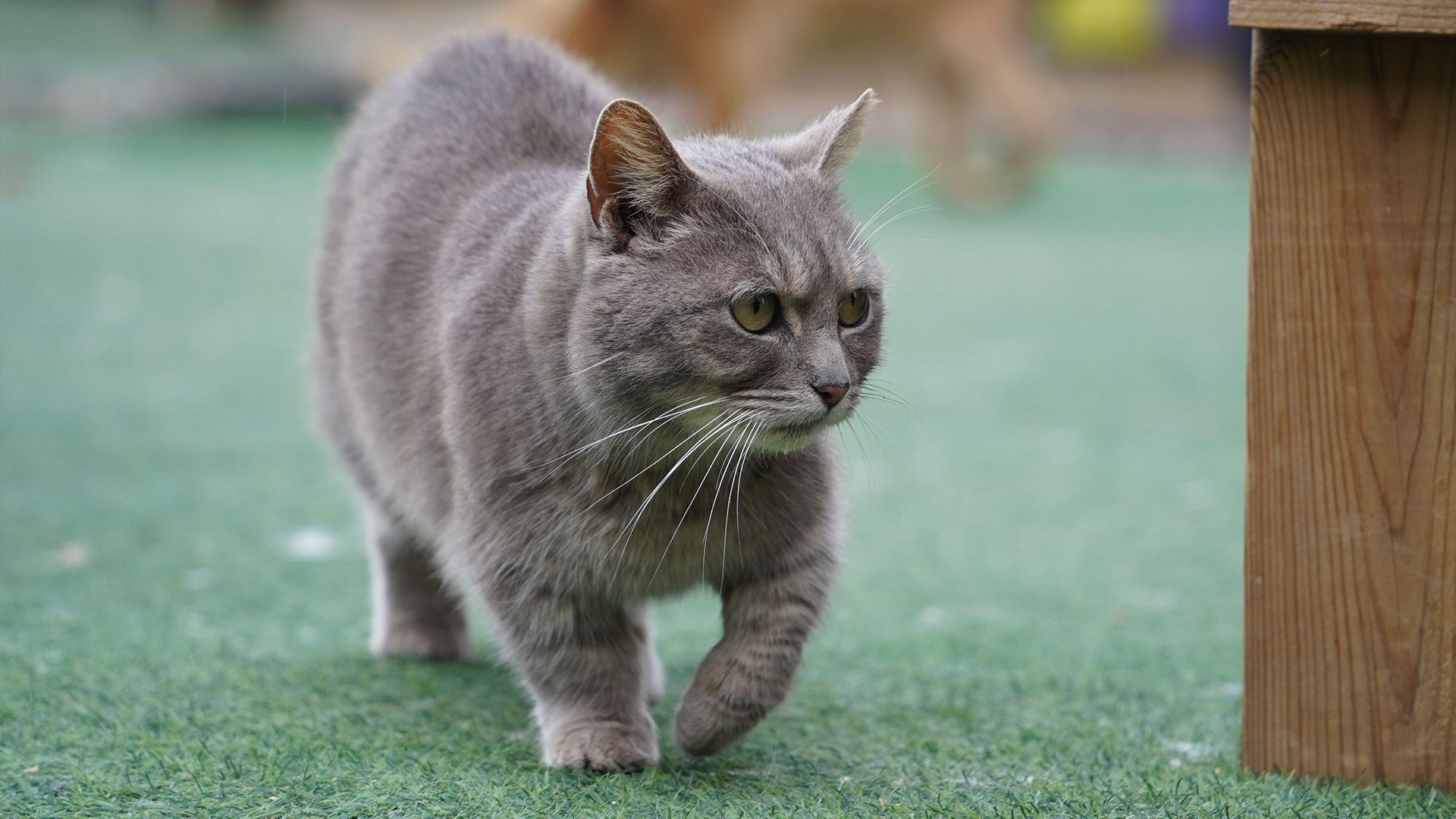
Other names: dwarf cats, cat magpie, bambino or sausage cats
Life expectancy: 12–15 years
Size: 6–9 lbs and around 5-7 inches in height
Coat: black, brown, and white in coloring and can come with a patterned coats like tortoiseshell, tabby and calico
Eye colour: amber, copper, blue and green
Temperament: active, friendly and packed full of personality
Origin/native country: Louisiana, USA
Munchkin cats are often referred to as dwarf cats due to their small frame. They are known for their short legs, which are three inches shorter than the average domestic cat.
But this breed of cat doesn't let their legs – which come in three different leg lengths, including the ‘standard' munchkin, ‘super-short' munchkin and ‘rug hugger' munchkin (the shortest of them all) – stop them from doing most things. For example, you’ll often find these energetic fluff balls perching on their back legs, just like a meerkat or squirrel might, speeding around the house or seeking out shiny objects.
Just the Manx cat, it’s believed the dwarf breed came about through genetic mutation, which research published in the Journal of Veterinary Medical Science has shown can pose some health risks.
At present, only The International Cat Association (TICA), recognizes the munchkin as an official breed. Whereas other bodies, like the Governing Council of the Cat Fancy and The Cat Fanciers Association (CFA) don’t. To discover everything there is to know about munchkins, including whether these big personality breeds are ethical, stick right here.
Are munchkin cats healthy?
It’s a good question. While some people consider the munchkin cat to be cute, having little legs is not great for their health.
“A genetic mutation causes these cats to have short limbs, an abnormality that can greatly affect their quality of life,” explains Dr Rebecca MacMillan. “Some Munchkin cats can struggle to freely express normal cat behaviors like jumping and climbing.
“Limb deformities are common in this breed, and this can put abnormal force on their joints. Many of these cats will develop painful osteoarthritis at a much earlier age than a normal cat.”
Get the best advice, tips and top tech for your beloved Pets
Lordosis, which is an excess curvature of the spine, has also been reported in this breed. According to Dr MacMillan: “Malformation of the vertebrae in the spine can cause hindlimb weakness and paralysis."
You might be wondering how best to keep a munchkin cat happy and healthy. But the thing is, it’s not possible to prevent any of the above problems, like limb deformities, osteoarthritis or lordosis, in your Munchkin cat, Dr MacMillan highlights, as short abnormal limbs are a 'desired' feature of the breed.
"Keeping your cat at a lean, healthy weight will help to stop excessive pressure being put on their joints, slowing the progression of osteoarthritis," Dr MacMillan says. "You may also want to consider having your cat on a joint supplement from an early age.
“Keeping a close eye on your munchkin is important as they age. If you see limping, stiffness, increased difficulty exercising or jumping or behavioral changes, see a vet for a check as they could be showing signs of joint disease."
Wisdom Panel Cat DNA Test | Amazon
Not sure exactly what breed your cat is? This kit screens for 70+ breeds, 45 genetic health insights and 25+ physical traits – because knowing every detail about your cat helps you understand how best to care for them.
Are munchkin cats ethical?
The jury is still out on whether or not munchkins should be bred at all.
The International Cat Association's (TICA) accepted Munchkins into the new breed development program in in 1994. But it wasn't until nine years later that this breed met the standards set by TICA to be bred, after achieving 'championship' status.
That said, other organizations, like The Governing Council of the Cat Fancy, The Cat Fanciers Association (CFA), and the American Cat Fanciers Association (ACFA) still do not recognize this dwarf breed due to risks to quality of life.
And Dr MacMillan agrees.
“As a vet, I don’t recommend munchkin cats for ethical reasons. Their extreme cosmetic features put them at unnecessary risk of health problems. In the dog world, the current focus is to breed for health and we should be promoting that same message in cat breeding too.”
How much grooming do munchkin cats need?
Grooming is a part of any good pet parent care. But how often you’ll have to groom a munchkin will all depend on whether you have a short-haired or a long-haired munchkin.
The former will need brushing weekly, while the latter will need brushing more regularly to prevent knots and matting.
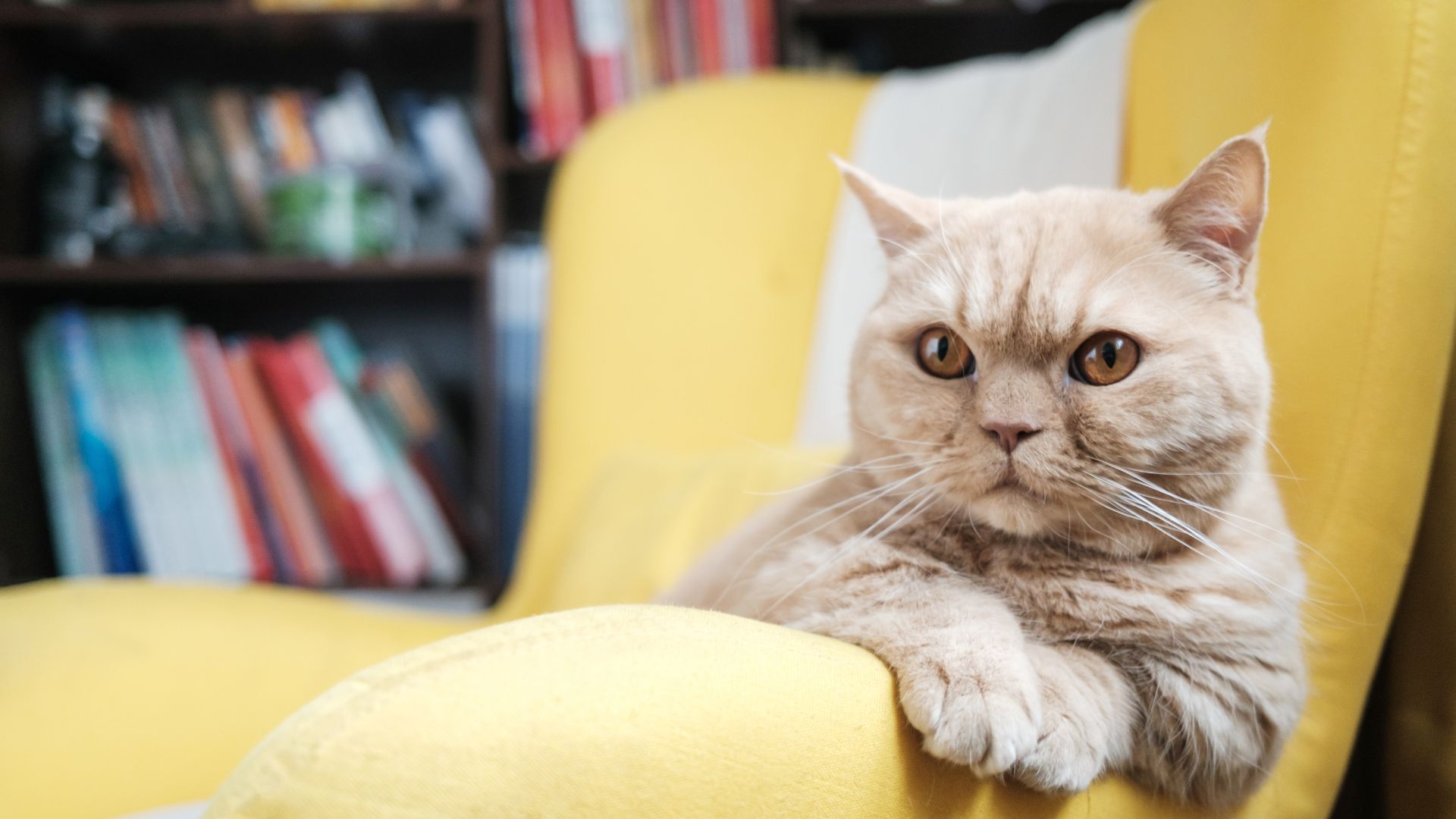
How much exercise do munchkin cats need?
What these small-legged cats might lack in leg length they more than make up for in energy.
This is a small and energetic cat breed, so when they’re not hunting their favorite toy, they're dashing from one room to the next, more often than not at a very fast pace! And when they're not expending their energy in that way, they're seeking out places where they can watch the world go by.
The only thing most experts warn against is preventing your munchkin from jumping. Due to their short legs and long spines, they can do themselves an injury.
Either way, despite their shorter-than-average leg length, they will need around 30 minutes of exercise per day, which can be split into short sessions to help keep them mentally stimulated and at a healthy weight.
This shouldn’t be too hard, though. Munchkins are often referred to as a 'cat magpie' because of their fondness for shiny objects. So if you have lots of shiny cat toys, they’ll play with them happily.
How much does a munchkin cat cost?
Some find a munchkin's small legs a 'desirable' feature, which can drive the price of this breed up. Therefore, depending on the breeder and location, munchkins can cost anywhere between $1,000 and $3,000, in some cases.
This means they can be one of the more expensive cats to buy. Plus, with their well-known health conditions, this can drive veterinary costs up.
For another type of small cat breed, you might consider the Singapura, which is usually priced anywhere between $800 to $1,500 or a Devon Rex, which will set you back around $500 to $2,000.
Should I get a munchkin?
Only you can decide this. Along with being social butterflies, a munchkin is very loving and playful. Their smaller stature can make them suitable for people or families who live in smaller homes or apartments with one level.
However, as evidenced, munchkins are prone to a number of health conditions which are unable to be avoided.
If you decide to welcome a Munchkin home, you will also need to consider your location. While these intelligent creatures are still allowed in the US, some countries, such as the Netherlands and Australia, have made it illegal to breed and keep munchkins.
Munchkin Cat: Ultimate Owner’s Guide | Amazon
This book has all the answers you need when researching this charming breed. Learn about munchkins and find out whether this cute feline will be the best choice for you and your family.
Read next: Facts about munchkin cats
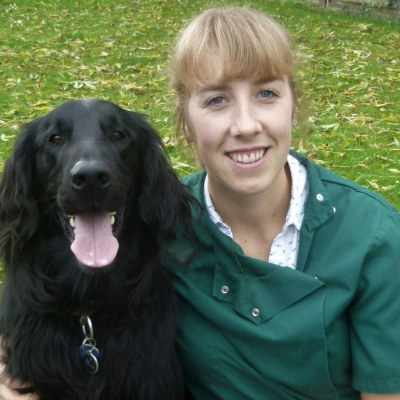
Having graduated in 2009 from the Royal Veterinary College in London as a veterinary surgeon, Rebecca is highly experienced in first opinion small animal practice, having done a mixture of day-to-day routine work, on-call emergency duties and managerial roles over the years. Rebecca recently achieved a BSAVA postgraduate certificate in small animal medicine (with commendation).
Rebecca writes on various feline and canine topics, including behavior, nutrition, and health. Outside of work and writing she enjoys walking her own dog, spending time with her young family and baking!

Becks Shepherd is a lifestyle journalist who has worked with titles such as Tom's Guide, Marie Claire, and Fit and Well.
In addition to this, she’s a pet writer with nearly a decade of editorial experience across digital and print media. A devoted “dog aunt” and lifelong animal lover, Becks brings a personal touch to her pet content—whether she’s testing the latest dog gear or digging into behavioral tips.
She works closely with veterinary experts to ensure factual accuracy and is currently exploring animal care certifications to deepen her knowledge. Her work has appeared in leading outlets across health, wellness, and pet care spaces.

